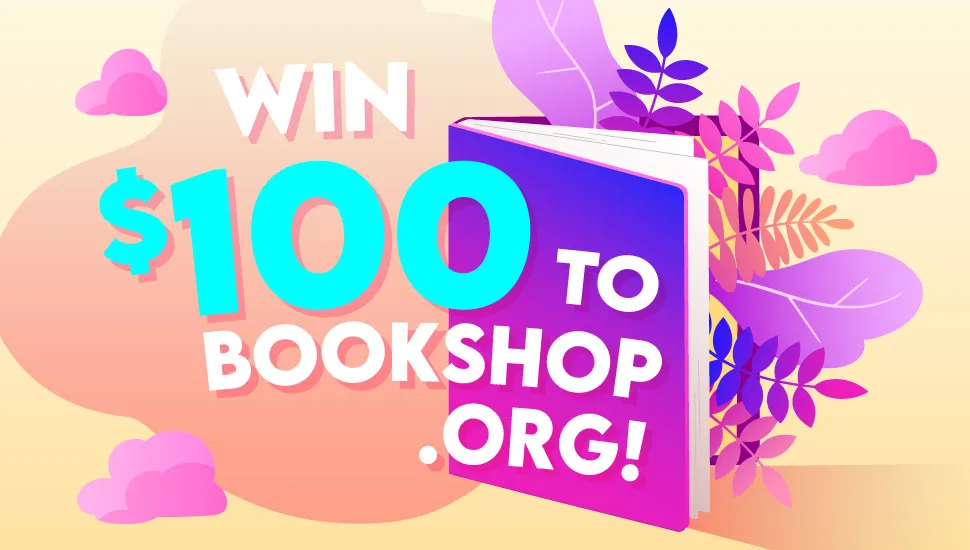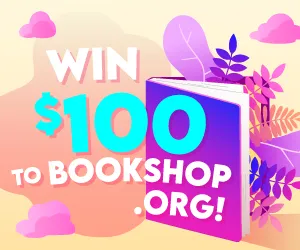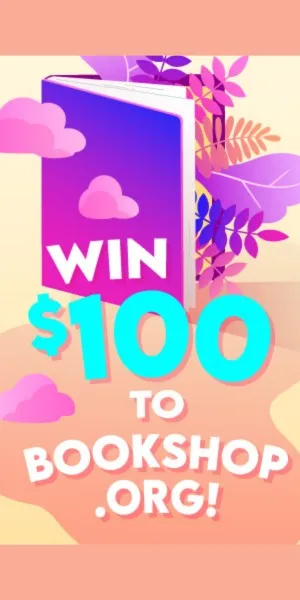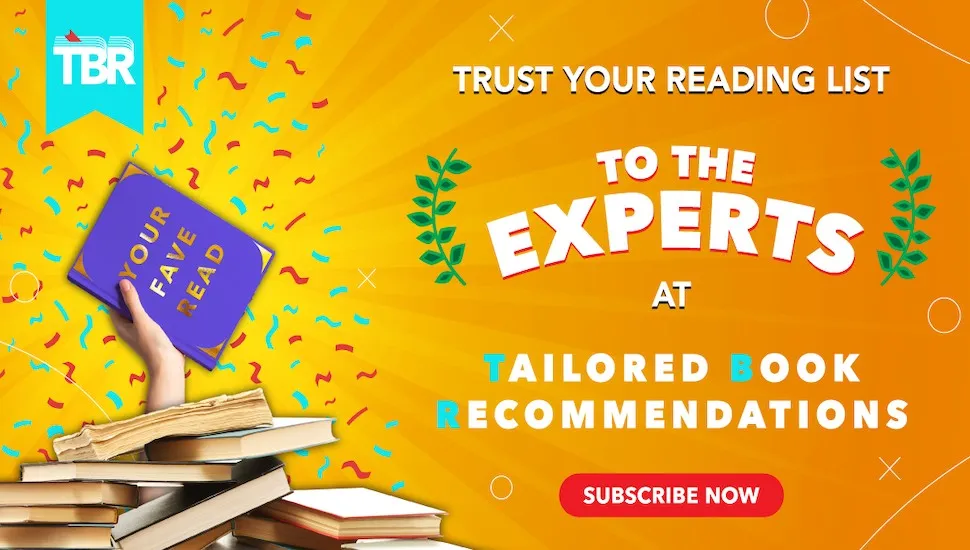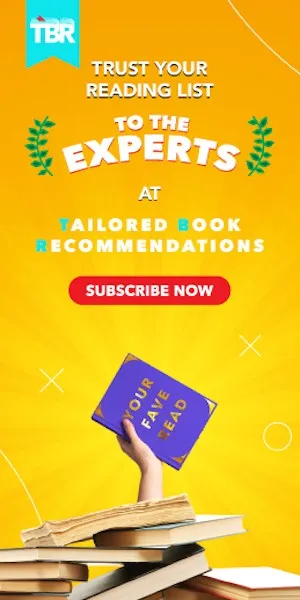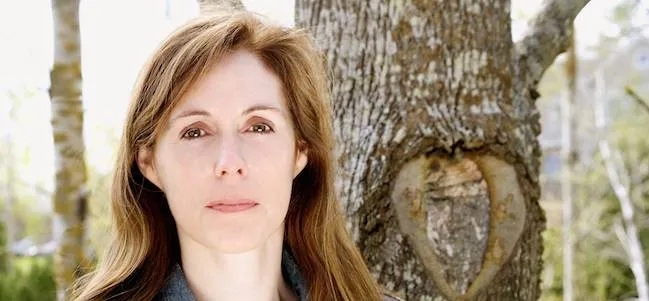
15 years of SPEAK: An Interview with Laurie Halse Anderson
I think we’re approaching 2 million copies sold and the last time I checked it had been translated into 27 languages. Right now artist Emily Carroll is working on the graphic novel version of the book, which I hope will be published in 2016. Nearly every day I hear from readers for whom the book is a touchstone that helped them find the courage to speak up about their sexual assault and begin their journey from victim to survivor.
When I was growing up, “rape” was a word that was whispered, if it was spoken at all. Around the time that Speak was published, America started to talk about rape and began to move away (slowly) from the destructive notion of victim-blaming. The Internet can be a real cesspool of sexual abuse and hatred, but it has also allowed victims of sexual assault to find help and healing. Their ability to speak up is leading to a revolutionary shift in attitudes about sexual assault. We still have a long way to go, but I am very optimistic. It’s hard to wrap my head around all of this. I’m intensely grateful that the story poured through me and that – thanks to the hard work of lots of people and the stars lining up at the right time – it continues to be a source of strength and hope. What changes have you seen in the YA Lit world since Speak published?
Everything has changed! The field has dramatically expanded, both in scope and in depth. When authors like Joyce Carol Oates started writing YA, I knew we had entered new territory. When adults started reading YA for fun, I knew we were looking at a brave new world.
Speak is a title that’s regularly challenged in schools across the country. What goes on in your mind when you hear about these attempts at censorship?
What changes have you seen in the YA Lit world since Speak published?
Everything has changed! The field has dramatically expanded, both in scope and in depth. When authors like Joyce Carol Oates started writing YA, I knew we had entered new territory. When adults started reading YA for fun, I knew we were looking at a brave new world.
Speak is a title that’s regularly challenged in schools across the country. What goes on in your mind when you hear about these attempts at censorship?
It makes my blood boil.
I worry about the teachers and librarians who are at danger of losing their jobs and I worry about the students being denied access to a good book that has saved lives. I’m baffled by people my age (and younger!) who are so terrified at their inability to talk about rape, a crime that affects 1 in six women and 1 in 33 men, that they would rather ban the book than tell their kids the truth and prepare them for the harsh realities of the world.
Book banners make me fight harder.Is there a connection with Speak, the imprint of Penguin, and your own book Speak? If so, how did that come to be?
The background includes a bit of publishing history. Farrar, Straus & Giroux published Speak in hardcover in 1999. At the time, FS&G was not in the business of publishing paperbacks; they contracted out to other publishers for that. Penguin won the auction to become the paperback publisher of Speak and negotiated a 10-year license. It’s important to remember that at this point, Speak had been nominated for the National Book Award, but no one had a clue about the book’s future popularity.Penguin threw a lot of energy and love at Speak and when the time came a few years later to name a new teen imprint, they called it Speak, which was a huge honor. Then the book sort of went supernova. When the 10-year paperback license ended, Penguin negotiated hard, but Macmillan (which had acquired FS&G in the meantime) turned down all of their offers. (When I sold Speak to FS&G I did not yet have an agent, so when it came to this contract, I was not a part of the decision-making process.)
So now Speak is a Macmillan book, the rest of my “resilience lit” is at Penguin, and Simon & Schuster publishes my historical fiction (which is a whole other story.) Speak reaches a tremendous number of readers each year. What do you think gives the book staying power? I think it’s because everyone has had a bad thing happen to them and has struggled to figure out how to speak up. Everyone has felt alone and not-heard. Over the last year, you’ve begun to call what you write “Resilience Lit.” Can you talk a bit about what that label means and what it might mean to readers? The term comes from a high school teacher, whose name I, unfortunately, forgot to make note of. She took a photo of her whiteboard after a classroom discussion of Speak. It was covered with plot details, symbolism, and character notes, and in the top left corner, the teacher had written “resilience literature.” That was such a better description of what I write than “contemporary realistic YA” that I started using it immediately. Resilience is the quality that I hope all teenagers can develop so that they are ready when the world comes at them. Literature is a fantastic way to learn about the kinds of hardships you may have to deal with; watching characters grow and change is a great way to strengthen yourself for your own challenges. You recently did a Reddit AMA, and one of the questions that came up was about the “John Greenification” of YA fiction. It’s impossible not to think about, especially since you’re a female author who has been writing and selling young adult books, including realistic titles, for 15 years. There are other female authors writing contemporary books who have been publishing as long as you have, and selling the huge numbers of backlist you have — Sarah Dessen and Meg Cabot, to name a couple. Why do you think that traditional media pursues the “John Green has influenced the YA world” when there are and have been equally powerful other writers, both male and female?Because traditional media is largely edited and vetted by a much older, male-dominated generation that can’t or won’t recognize that women writers are just as powerful and important as men. Or that writers of all ethnic backgrounds, of every type of gender identity and sexual orientation, are as powerful and important.
However traditional media is crumbling, in part because there is such a large disconnect between it and most people under age 40. We all have the capability to promote the books and authors we care about. That is amazing and so exciting!! I enjoy shaking my fists at traditional media as much as the next person, but I know that I can achieve more change by taking advantage of the opportunities that New Media offer. Do you think the contributions of female authors and female-centric novels in YA are downplayed or undermined? Within the worlds of book selling, librarianship and education I see less evidence of this kind of undermining. I think the leadership of traditional media is where the problem lies. Given the power and influence Green has had not only on the New York Times list, but also in mainstream outlets like Vanity Fair (which noted he is beginning a revolution in bringing realistic teens to the big screen with his book-to-film adaptations), it’s clear he’s a household name not just to teenagers, but to their parents and other adults as well. What do you think it would take for a hypothetical “Jean Green” to do the same thing? Could it happen?It will take a while, but it will happen.
I stand in this interesting place on the timeline of equality for women. My grandmother often told the story of the first time her mother voted, in 1920, and what a huge influence that had on her. I remember reading the newspaper want ads in third grade and asking my mom why there were Jobs For Women separate from Jobs For Men. My mom said “It’s not right, but that’s the way it is.” I was in that generation of girls who benefited tremendously from Title IX and other changes wrought by earlier generations of feminists. I was one of the only girls who worked on a dairy farm in my county and was the only woman in the stock brokerage I worked at after college.
Americans who are younger than 35 have taken the torch from my generation and continue to run towards equality for everyone. I’m thrilled to see how many guys are working towards this, as well as women, and how we are finally beginning to talk about true equality that encompasses gender identity, sexual orientation, ethnic background and faith community.
It’s still not right, but we are changing it. There is a lot of focus on the newest titles. We tend to want what’s hot right now and we want to talk about those books. But, as Speak shows, there are always going to be titles that resonate with readers for a long time, and I think that shows itself, too, on the Times list, as the majority of those books aren’t titles that came out in the last year or two. With that in mind, I’d like to hear what some of your favorite older YA titles?
Dinky Hocker Shoots Smack by M.E. Kerr, The Chocolate War by Robert Cormier, Hush by Jacqueline Woodson, Weetzie Bat by Francesca Lia Block, Annie on My Mind by Nancy Garden.
Who are some of your current favorite young adult authors?
These authors are amazing and their work deserves a lot more attention: Kekla Magoon, Coe Booth, Alex Sánchez, Jason Reynolds, Mitali Perkins, Nikki Grimes, Malinda Lo, Cynthia Leitich Smith, Jaime Adoff, Octavia Butler, Eric Gansworth, Jacqueline Woodson, Sumbul Ali-Karamali, Rita Williams Garcia and Meg Medina.
For my final question, I want to know how we — as adults, as readers, as advocates for young adult fiction — can help amplify the voices of females, especially teen girls like Melinda in Speak who don’t find themselves being heard?
Seek out books that touch your heart and make sure that you are casting your reading net widely. Look for books being brought out by smaller publishers. Follow blogs that make a point of review books about all kinds of characters and by all kinds of authors. Participate in discussions like the Vida Count and [Maureen Johnson’s] Cover Flip.
There is a lot of focus on the newest titles. We tend to want what’s hot right now and we want to talk about those books. But, as Speak shows, there are always going to be titles that resonate with readers for a long time, and I think that shows itself, too, on the Times list, as the majority of those books aren’t titles that came out in the last year or two. With that in mind, I’d like to hear what some of your favorite older YA titles?
Dinky Hocker Shoots Smack by M.E. Kerr, The Chocolate War by Robert Cormier, Hush by Jacqueline Woodson, Weetzie Bat by Francesca Lia Block, Annie on My Mind by Nancy Garden.
Who are some of your current favorite young adult authors?
These authors are amazing and their work deserves a lot more attention: Kekla Magoon, Coe Booth, Alex Sánchez, Jason Reynolds, Mitali Perkins, Nikki Grimes, Malinda Lo, Cynthia Leitich Smith, Jaime Adoff, Octavia Butler, Eric Gansworth, Jacqueline Woodson, Sumbul Ali-Karamali, Rita Williams Garcia and Meg Medina.
For my final question, I want to know how we — as adults, as readers, as advocates for young adult fiction — can help amplify the voices of females, especially teen girls like Melinda in Speak who don’t find themselves being heard?
Seek out books that touch your heart and make sure that you are casting your reading net widely. Look for books being brought out by smaller publishers. Follow blogs that make a point of review books about all kinds of characters and by all kinds of authors. Participate in discussions like the Vida Count and [Maureen Johnson’s] Cover Flip.
Call out the owners and decision-makers of traditional media when you see them choosing to review titles by one kind of author or featuring only one kind of narrator. Share their contact information with your friends and increase the visibility of your protest. Use New Media outlets to discuss and promote the books you are passionate about.
To remain silent is be complicit. We must all speak up and be the change we want to see.
